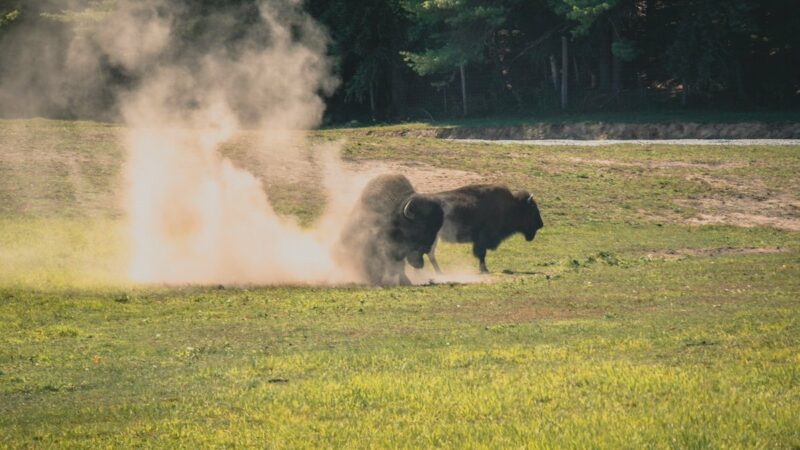5 of the World’s Most Dangerous Outdoor Jobs
Some thrive on the predictable 9-to-5 routine, and some don’t. It seems that some outdoor jobs are best left for people who are fearless. From braving rough seas to risking electrocution hundreds of feet above ground, there are the real-life superheroes who face danger every day on the job.
Grab your safety gear and join us on an exhilarating journey through some of the world’s most dangerous outdoor jobs. Luckily, most of the time, great danger comes with a great paycheck.
1. Everest Sherpa
- Fatal injury rate: 4,053 deaths per 100,000 workers (there are not 100,000 Everest Sherpas; this number is based on an extrapolation of the number of Sherpas who died between 2004 and 2014)
- Most common cause of fatal injury: Alpine dangers, weather, crevasses, freezing
- Salary: $6,700 a season
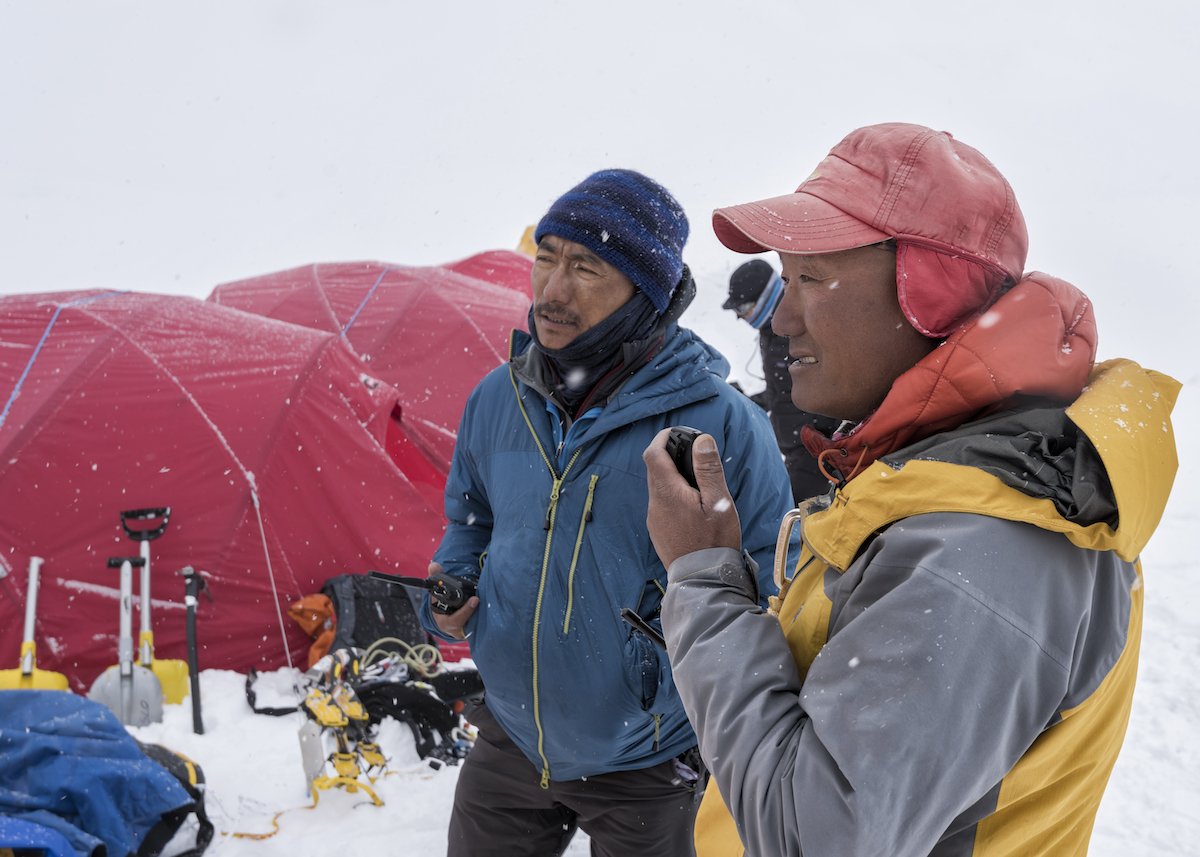
Sherpas are an integral part of mountaineering expeditions, particularly in the Himalayas, but it is a very dangerous career. A Sherpa’s job involves providing crucial support and assistance to climbers as they ascend challenging peaks (mainly Everest). Why climbers continue to face death and walk over frozen bodies to achieve the world’s highest peak is baffling enough, but what about signing up to be the support crew for them?
Sherpas are responsible for carrying heavy loads of equipment and supplies, such as tents, food, and climbing gear between base camps at high altitudes. They are highly skilled and experienced guides and increase climbers’ chances of success.
Navigating treacherous terrain, they set up the necessary infrastructure, enabling climbers to focus on the ascent without the burden of carrying excessive weight. They fix ropes and ladders along challenging sections of a route, ensuring safe passage for everyone else. Their in-depth knowledge of the mountains, weather conditions, and rescue techniques is essential for the safety and success of expeditions.
A Sherpa can expect to earn roughly 10 times what the average Nepalese person earns in a year, so while the job comes with the risk of death, at least it also comes with a great paycheck.
2. Ship Breaker
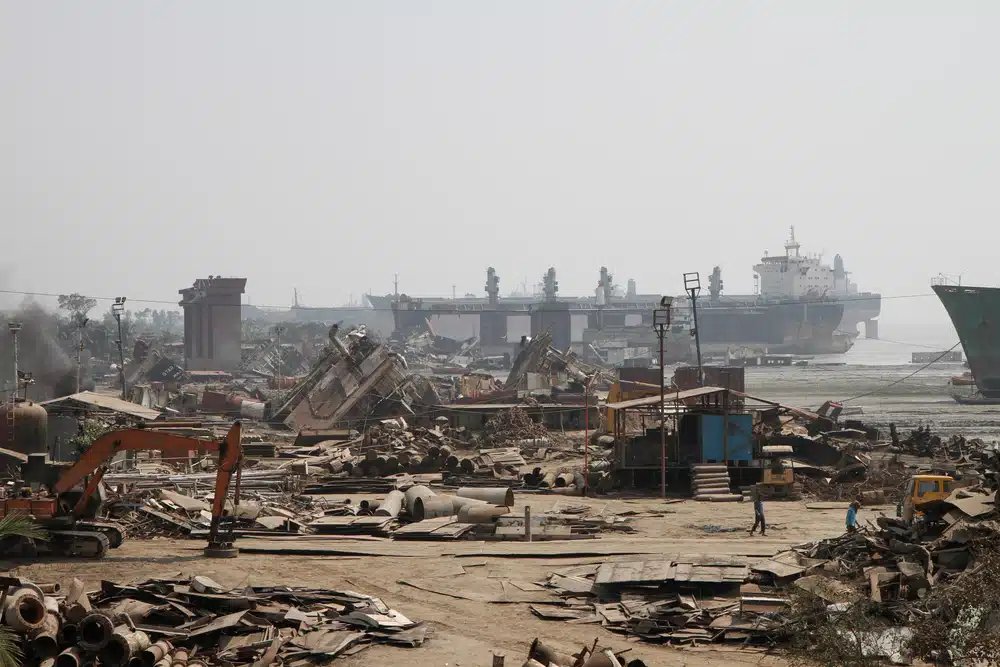
What happens when cruise lines retire? Where do the boats go? They have to go somewhere, and someone has to recycle all that material. That is where shipbreakers come in. This incredibly dangerous job involves all kinds of unexpected hazards. In 2020, 630 ocean-going commercial ships and offshore units were sold to the scrap yards.
Shipbreakers must dismantle decommissioned or retired ships to salvage valuable materials and components, but it’s an extremely dangerous job.
The process begins with the ship being brought ashore, and shipbreakers use heavy machinery, torches, and manual labor to cut and dismantle the vessel piece by piece. This profession has recently been in the news as being a human-rights issue, because many workers, such as those in Bangladesh, don’t have any training or safety equipment. There are often toxic fumes and burning oils, and workers may be going at it for 16 hours a day.
They recover materials like steel, copper, and other metals for recycling and resale. While shipbreaking can be economically important for recycling resources, it poses significant safety and environmental challenges, due to the presence of hazardous materials like asbestos, as well as the potential for accidents during the dismantling process.
3. Underwater Welder
- Fatal injury rate: Could be as high as 15%
- Most common cause of fatal injury: Decompression sickness, hypothermia, drowning, electrocution
- Salary: up to $30,000 in just a few months with a big contract, as much as $300,000 a year
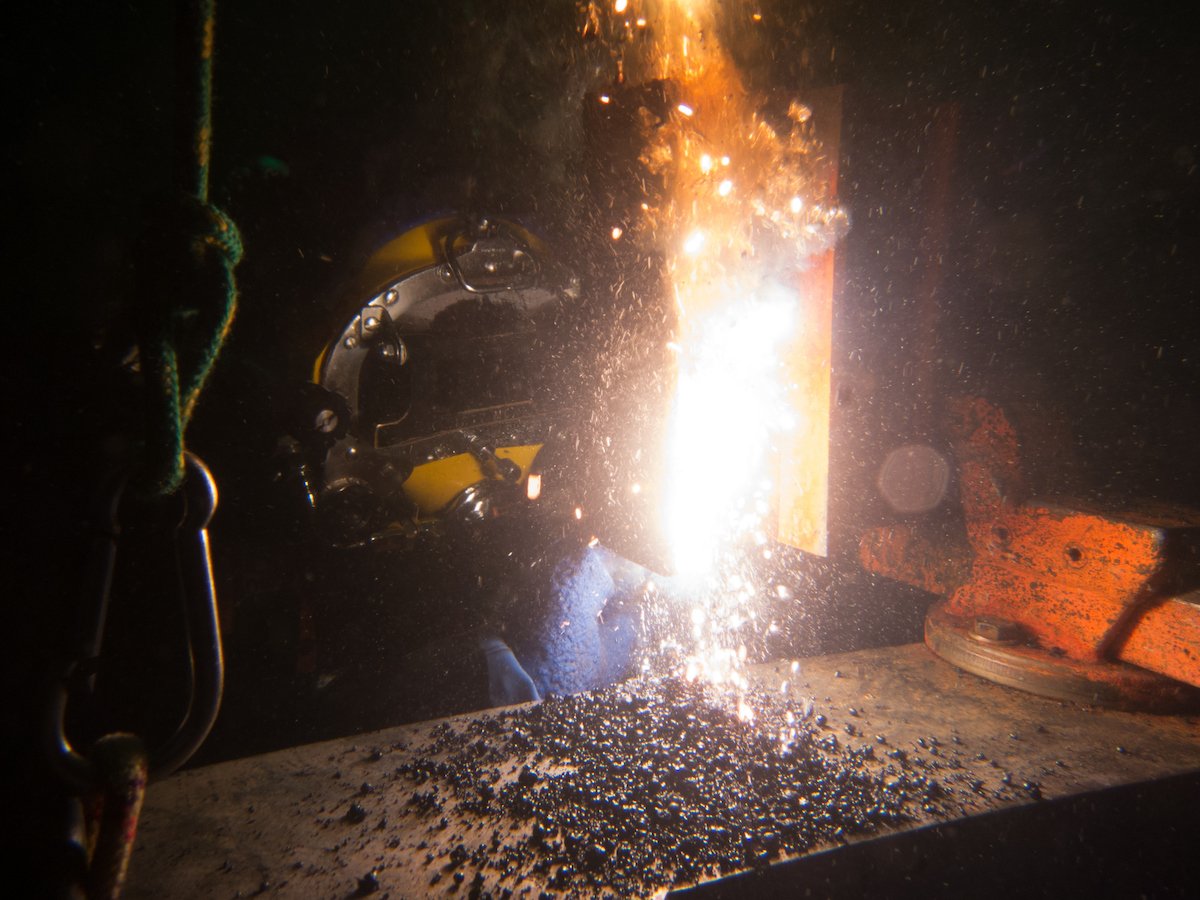
We don’t know the exact fatality rates for underwater welders, but many welding sites refer to a study from 2018 that listed underwater welding as the most dangerous profession in the U.S., with nearly a 15% fatality rate. Underwater welding is a high-risk profession that combines the challenges of welding with the complexities of working in an aquatic environment.
Underwater welders work in harsh conditions, often in darkness with limited visibility and low temperatures. The lack of natural light and potential obstructions in the water can make it difficult for welders to see clearly, increasing the risk of accidents and errors.
Underwater welders are at risk of decompression sickness, also known as “the bends.” When divers ascend too quickly, nitrogen bubbles can form in their bloodstream. To mitigate this danger, welders must adhere to strict decompression guidelines.
Water is a great conductor, so working underwater increases the risk of electric shock during the welding process. Diving is dangerous on its own, but adding welding to the mix and it really makes it risky.
4. Lineman
- Fatal injury rate: 42 for every 100,000 workers
- Most common cause of fatal injury: Electrical burns and broken bones from falls
- Salary: $52,000-$114,000+
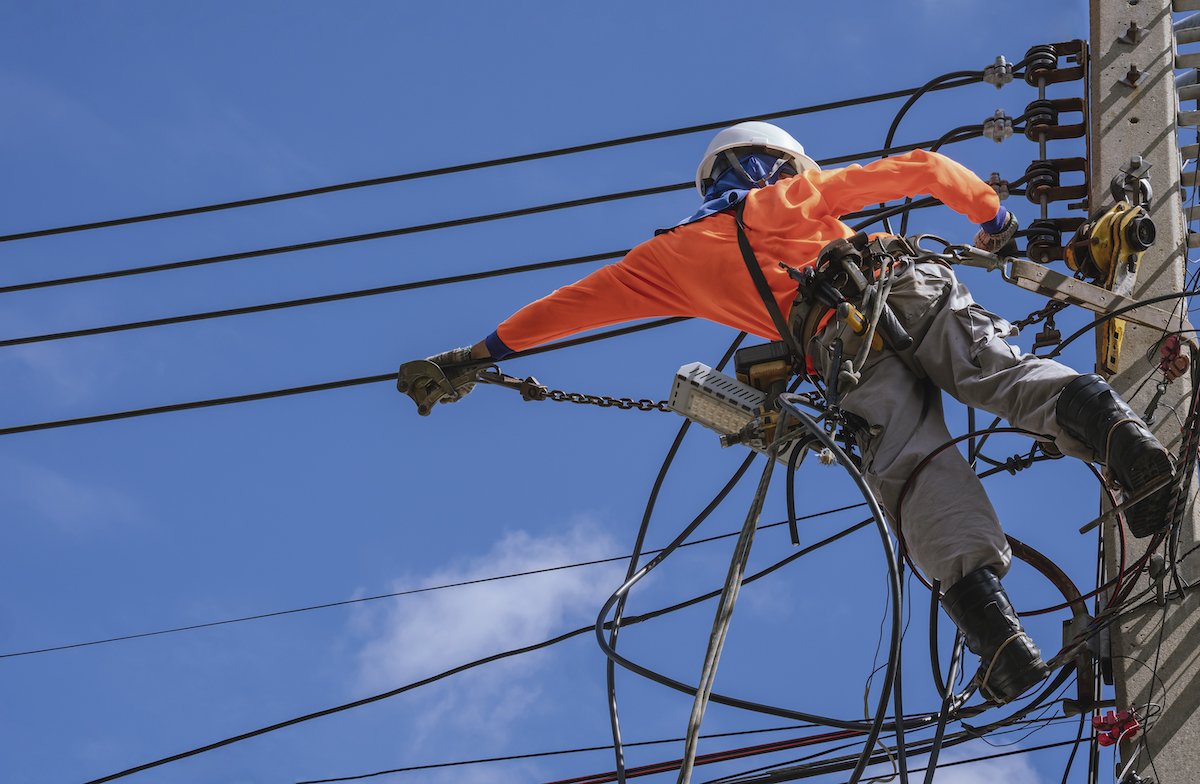
Even though this job may seem less dangerous than some of the others on our list, according to national lineman surveys and utility company data, around 2,400 in every 100,000 linemen suffer serious but non-fatal injuries each year.
Linemen, also known as electrical lineworkers, are professionals who work on power lines and electrical towers. Their job involves maintenance and repair, often at extreme heights and in hazardous weather during storms, high winds, and a wide range of hot and cold temperatures.
Linemen climb power or transmission towers to access power lines. Being so high exposes them to the risk of falling, which can be severe or even fatal.
Working with live electrical systems is also dangerous, because accidental contact with high-voltage power lines can result in electrocution. The potential for arc flashes and arc blasts also poses extreme danger.
Potential accidents and injuries for linemen include slipping, falling objects, and exposure-related illnesses. Given the inherent risks, these outdoor-pros undergo extensive training and follow rigorous safety guidelines—and they inevitably need to pack a bit of bravery in their pocket every day as well.
5. Alaskan Bush Pilot
- Annual fatal injury rate: 183 per 100,000 (in a study conducted over 16 years)
- Most common cause of fatal injury: Unexpected terrain and low speeds
- Salary: $40,000-$100,000
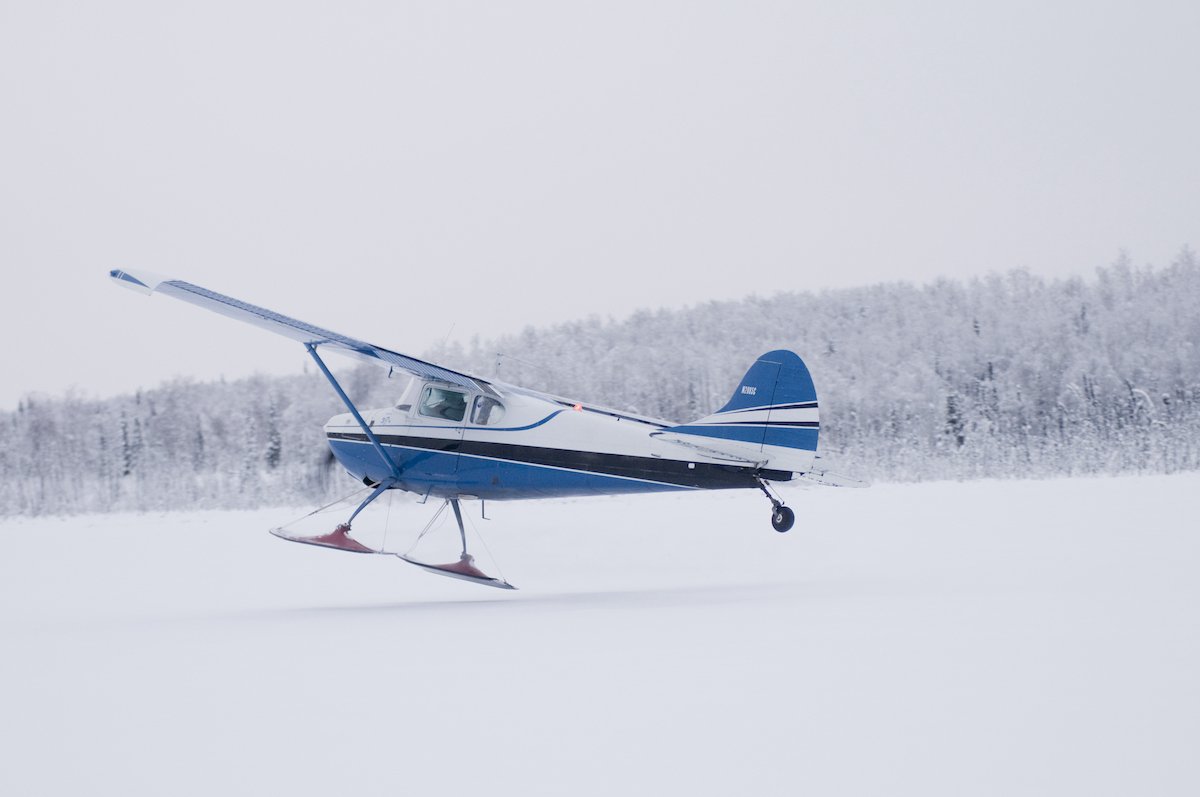
Bush pilots operate in remote and challenging wilderness areas, often flying small aircraft to access hard-to-reach locations.
Often facing rapidly changing and unpredictable weather conditions in remote regions, bush pilots navigate fog, strong winds, and sudden storms, which can significantly impact visibility and aircraft control. Navigating through unpredictable hazardous weather requires exceptional piloting skills and the ability to make quick decisions to ensure the safety of the flight. In other words, you’d better have cat-like reflexes if you’re going for this job.
Just flying in Alaska alone appears to be dangerous. Research over six years from an Alaskan commercial pilot workforce suggests an annual pilot fatality rate of 183 per 100,000 pilots. Needless to say, it’s a dangerous job to fly in this part of the world.
Badass bush pilots often land on rugged and uneven terrain, such as gravel bars, mountain slopes, or ice fields. The need for precise maneuvering and the potential for challenging take-offs and landings add an extra layer of risk to their dangerous operation.
Flying in remote areas also means limited access to emergency services and maintenance facilities. In case of an emergency or aircraft malfunction, bush pilots may find themselves far from help, requiring extreme resourcefulness to handle unforeseen emergencies.
Given these risks, bush pilots must possess a combination of flying expertise, knowledge of the terrain, and a deep understanding of weather patterns to safely navigate through the wilderness.
These insanely dangerous outdoor jobs are a testament to the incredible bravery of those working in these roles. These people navigate through treacherous terrains, hostile environments, and high-stakes situations.
Whether soaring through stormy skies, guiding climbers to the top of the world, dismantling towering vessels, braving dizzying heights, or welding beneath the sea’s surface, these individuals defy limits and embrace workplace challenges that most of us can only imagine.
Source: https://outdoors.com/worlds-most-dangerous-outdoor-jobs/



